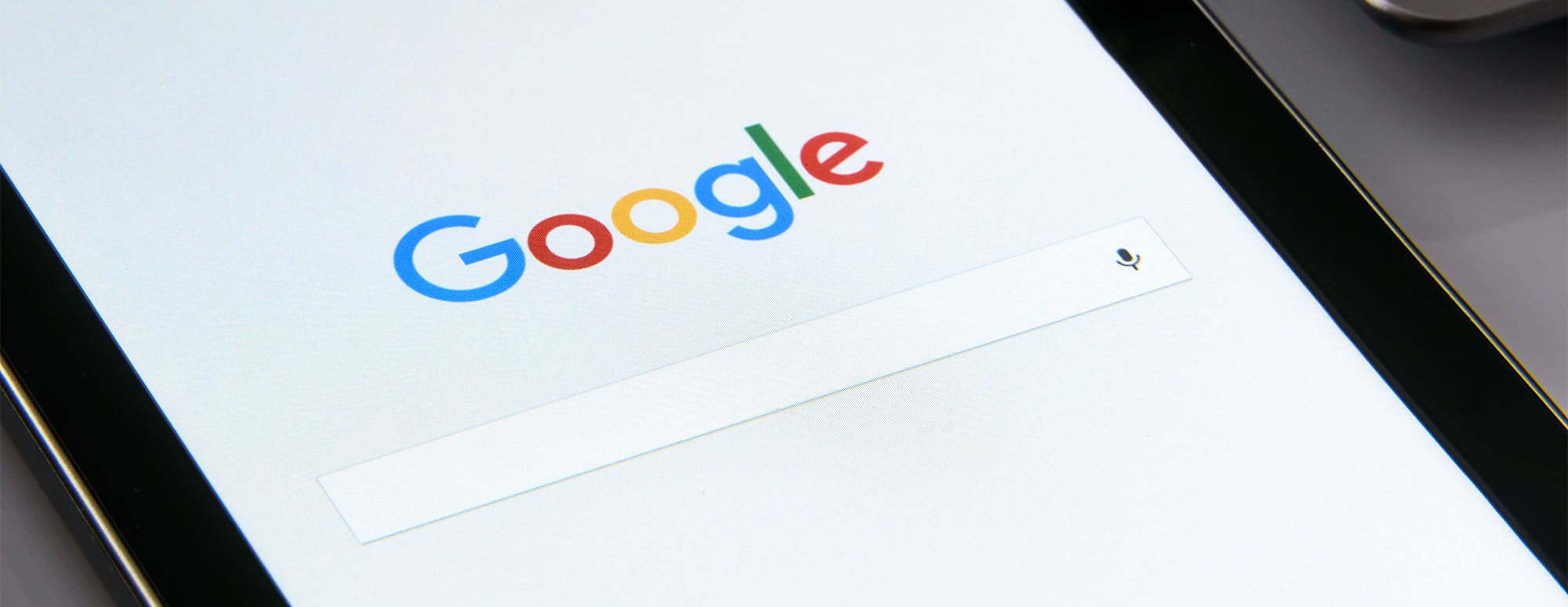One of the coolest search features has come an end, as Google kills your ability to find images and view them specifically. Sort of.
The internet is filled with information, and information of all sorts of things. You can find a recipe for nearly anything, biographies, notes, news, reviews, podcasts, and pretty much any and every topic you can think of it.
You can also use it to find images, looking specifically for a photo and plucking that out of the web to share with the world, be it on social or in your own presentation, something Google helped make popular with its image search.
This week, however, the image search functionality is changing, and while most Google features are changed for the better for users, this one we’re not so sure about.
Over on Twitter, Google’s Search Liason has detailed a few changes that are occurring to the search engine that affect the way you search, specifically removing the popular “view image” button, which would allow you to view an image without necessarily visiting the webpage hosting it.
Today we're launching some changes on Google Images to help connect users and useful websites. This will include removing the View Image button. The Visit button remains, so users can see images in the context of the webpages they're on. pic.twitter.com/n76KUj4ioD
— Google SearchLiaison (@searchliaison) February 15, 2018
Instead of a view button, you now only have the “visit” button, so you can check out the page hosting the file, but not view the image itself. That’s positive for viewing the file, though it’s not necessarily as convenient as looking at the image by itself, and it’s not the only change Google has made.
The Search by Image button is also being removed. Reverse image search *still works* through the way most people use it, from the search bar of Google Images.
— Google SearchLiaison (@searchliaison) February 15, 2018
Google’s other change is to remove the ability to search by image, at least through the button, with image search technology still there by dragging and dropping an image into the search bar, but not from the image itself.
Ultimately, Google says these changes come as a result of Google’s settlement with Getty Images, which the image and media company says has essentially resulted in widespread copyright infringement”, US website The Verge reported.
While we get why Google is making the change, the most interesting thing about this — at least from this writer’s point of view — is why Google is doing this across the board, as opposed to solely with Getty’s media.
Surely with access to Getty’s library, it wouldn’t be thoroughly difficult to say that if the image comes from there, to remove the “view image” button, and even to remove the button for similar images like the originals from that point, to at least push back on the idea that potentially stolen images from Getty’s library are dealt with in the same way. Adding a disclaimer to the view image page surely wouldn’t be difficult, and so it seems like Google is just painting a broad stroke here.
That could be a temporary measure, mind you, or at least a very public temporary measure while Google makes some changes to ensure it’s complying with Getty, though it could also open up the chance for another company to make a better version of image search, and one that works out a way to avoid this issue, but still let the rest of the internet get its images easily.
For now, if you need to get your images through Google search, you’ll have to visit the pages when you find them, and if you need to take those files out for a presentation, well, there’s always “view source” and a search for the JPG files, or “inspect” and a look through the resources. It’s a little more technical and you might learn something, but it should get you what you need.






